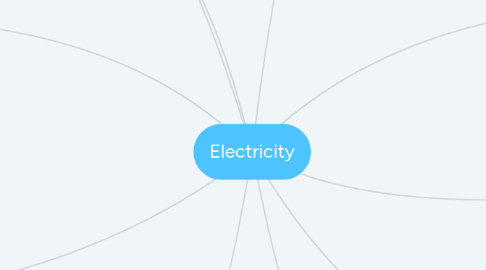Electricity
af ADAMZZ User


1. Resistance and I- V Characteristics
1.1. Ohmic Conductors have a Constant Resistance.
1.2. Refer to page 26 for illustration on I-V Characteristics
2. Circuit Devices
2.1. LDR is short for Light Dependant Resistor.
2.2. It is dependant on the intensity of light.
2.3. The resistance of a Thermistor depends on Temperature.
2.4. You can use LDRs and Thermistors in Sensing Circuits.
3. Series Circuit
3.1. In a series circuit all the different components are connected in a line end to end.
3.2. If you remove or disconnect one component, the circuit is broken and they all stop working.
3.3. Potential difference is shared. V total = V1 + V2 + V3
3.4. Current is the same everywhere I1 = I2
3.5. Resistance adds up R total = R1 + R2 + R3
4. Parallel Circuits
4.1. In parallel circuits, each component is separately connected to the +ve and -ve of the supply (except ammeters, which are always connected in series)
4.2. Potential difference is the same across all components.
4.3. Current is shared between branches. I total = I1 + I2
4.4. Adding a resistor in parallel reduces the total resistance.
5. Electricity in the home
5.1. Mains supply is ac, Battery supply is dc.
5.2. There are two types of electricity supplies, alternating current (ac) and direct current (dc).
5.3. In ac supplies the current is constantly changing direction.
5.4. Direct current is a current that is always flowing in the same direction.
5.5. Most cables have three separate wires, the LIVE WIRE (BROWN), the NEUTRAL WIRE (BLUE) and the EARTH WIRE (GREEN AND YELLOW)
6. Current & Circuit Symbols
6.1. Current is the Flow of Electrical Charge
6.2. Total Charge through a circuit depends on Current and Time.
6.3. Q = It
6.4. Q = Charge flow (coulombs, C), I = Current (A), T = Time (s)
7. Resistance and V = IR
7.1. There's a formula linking the Potential Difference and Current.
7.2. V = IR
7.3. Potential difference (v) = Current (A) x Resistance (Ω)
8. More on Power
8.1. Potential difference is Energy Transferred per Charge Passed.
8.2. E = QV
8.3. E = Energy transferred (Joules), Q = Charge flow (C), V = Potential difference (V)
8.4. Power also depends on Current and Potential difference.
8.5. P = VI
8.5.1. P = I(squared)R

